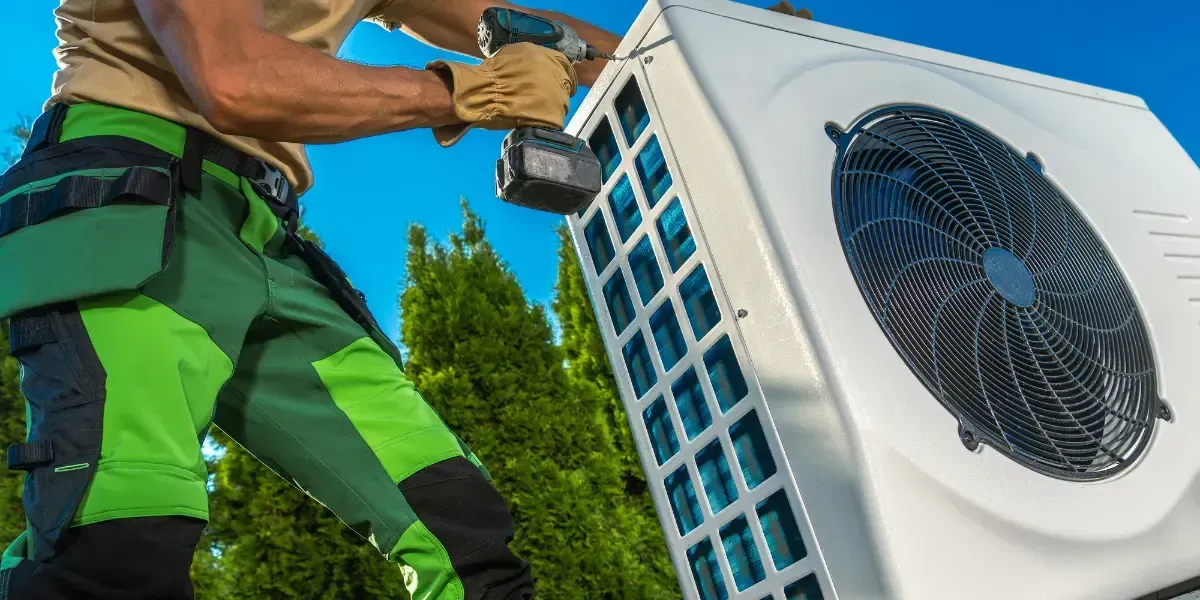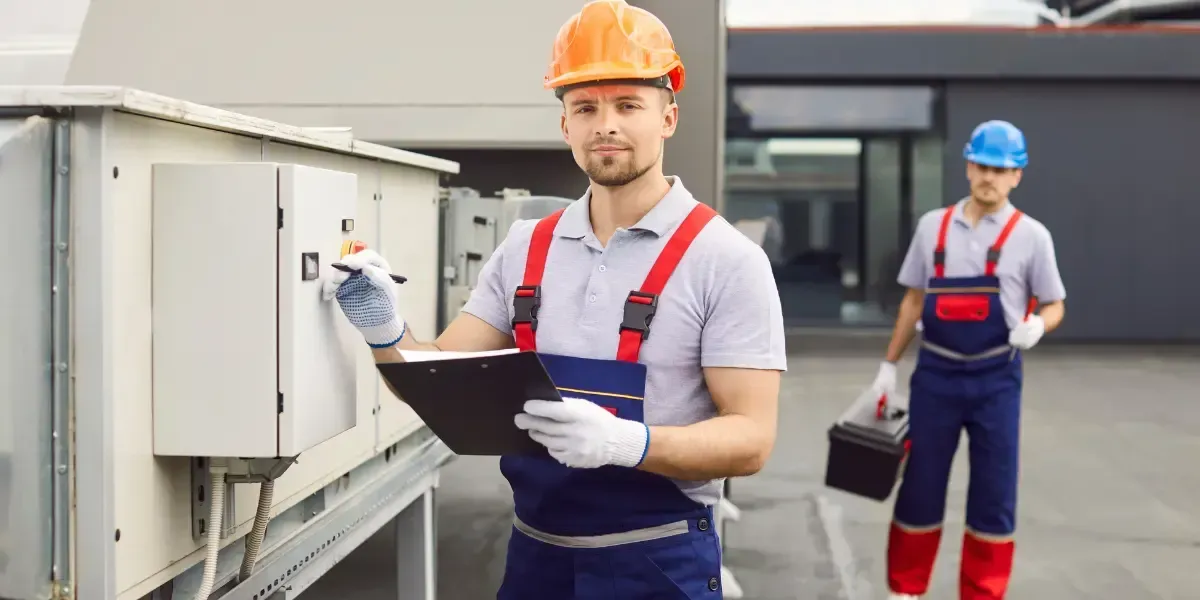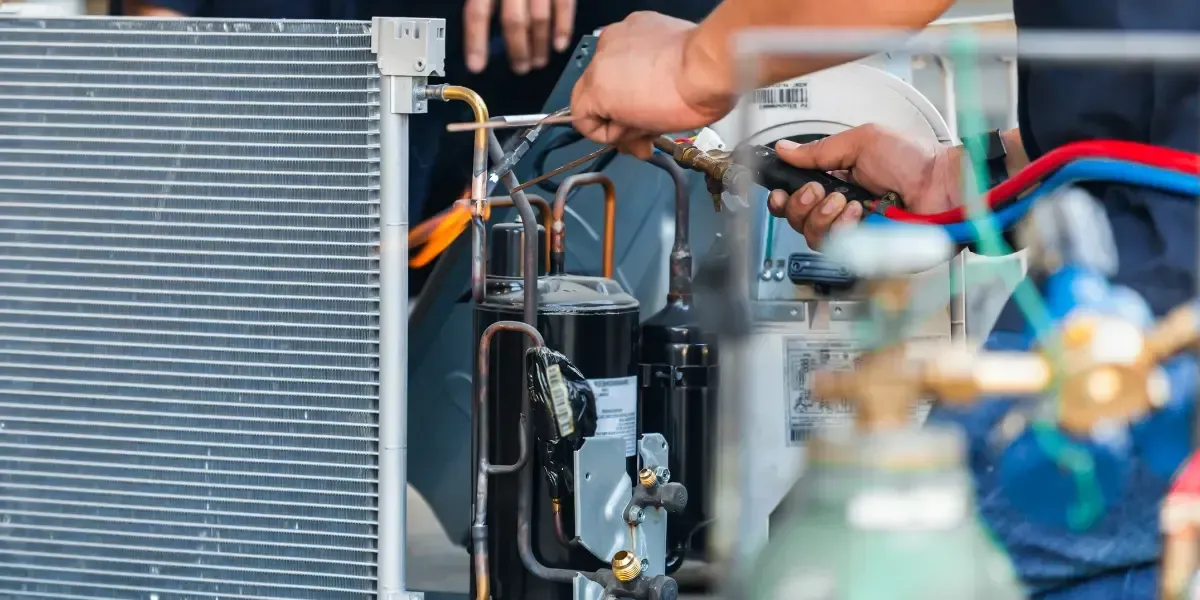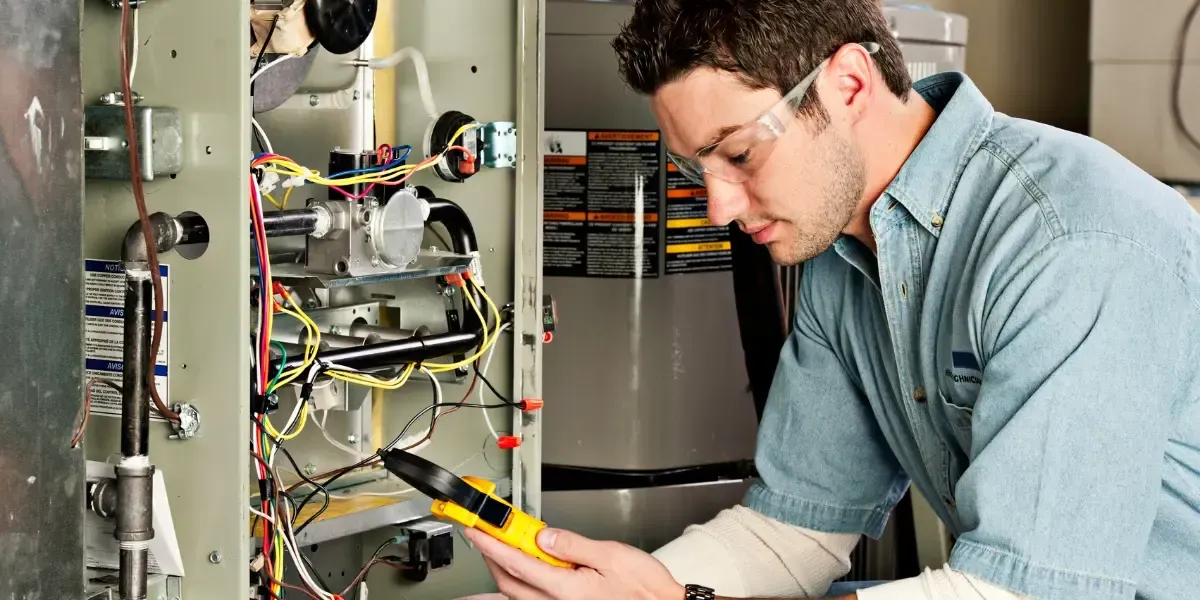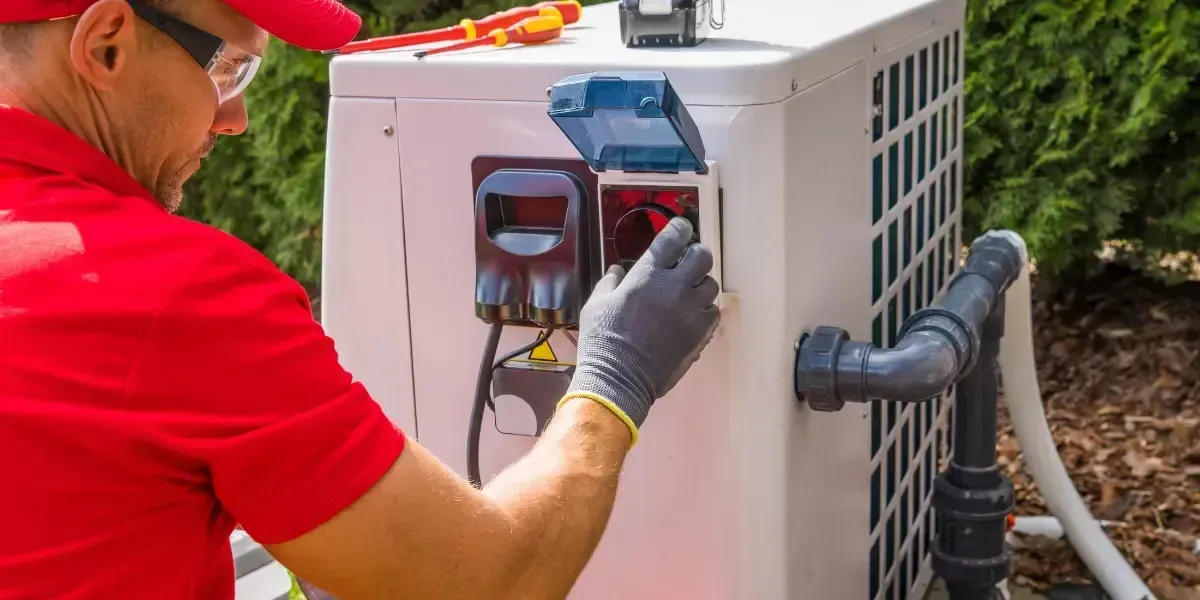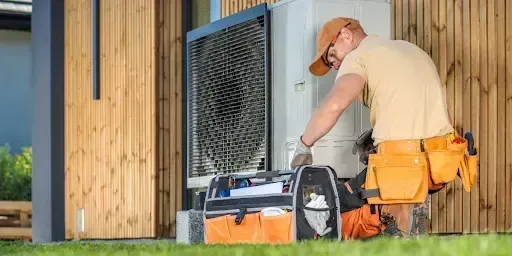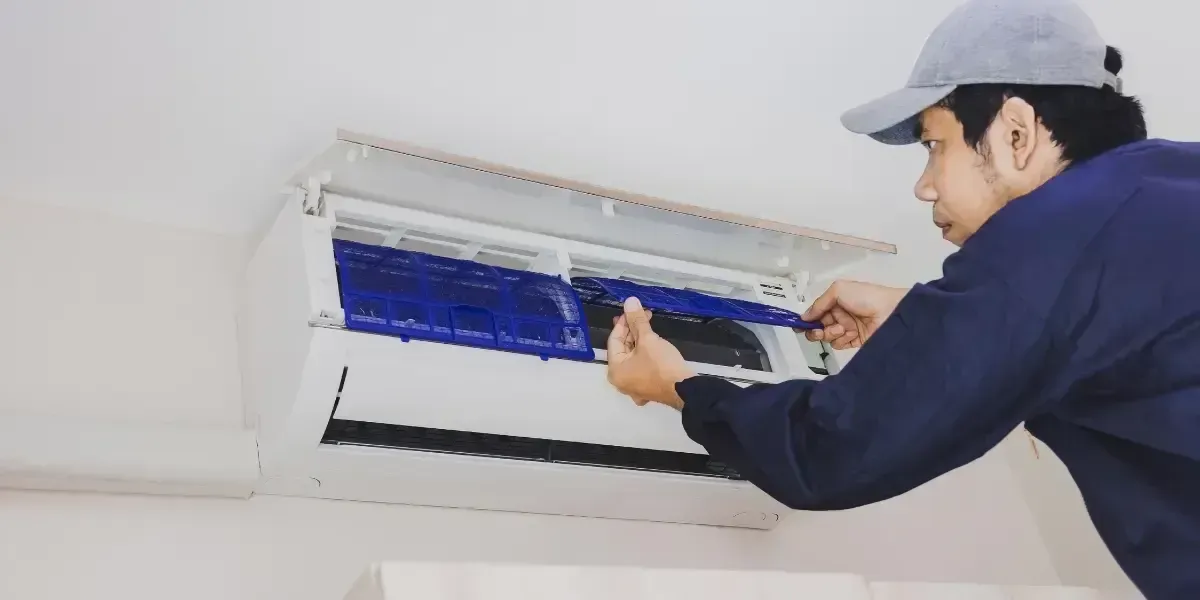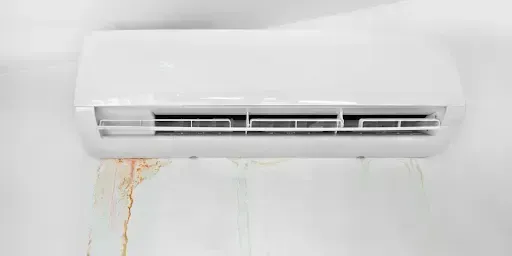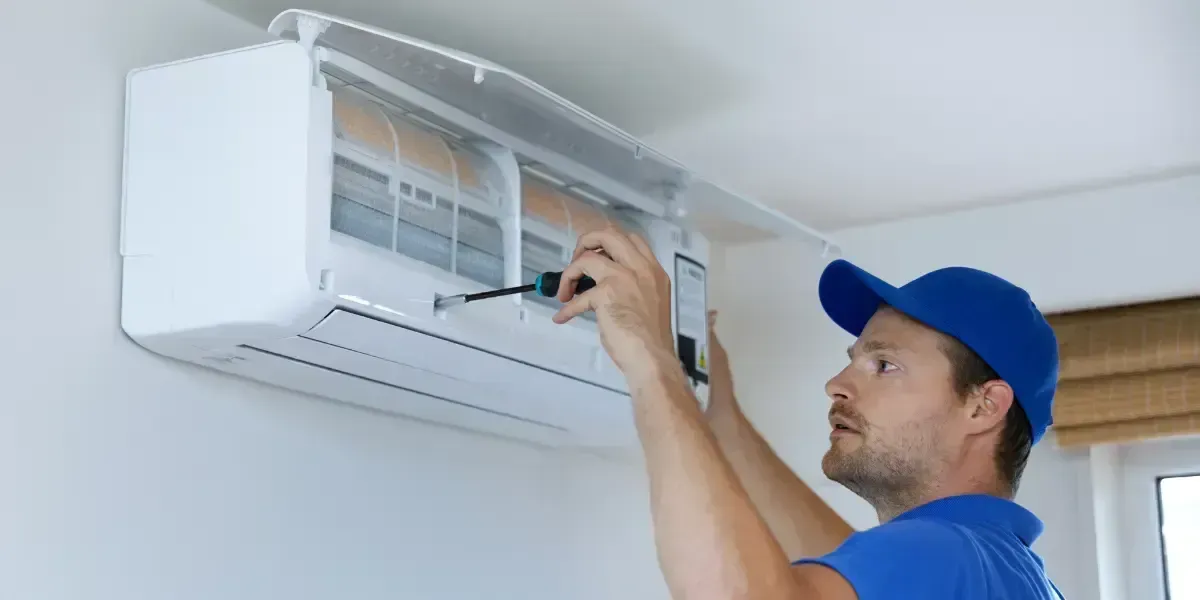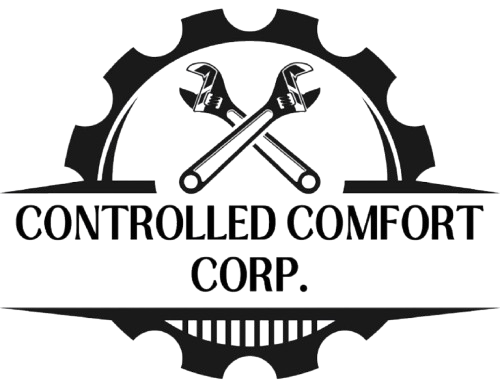
Reach Out to Us!
Residential HVAC Installation: Comfort Built for Your Home
A new HVAC installation is a significant investment for any homeowner. It affects how comfortable your home is, how energy-efficient it is, and its overall value. Selecting the best residential HVAC system and ensuring it is installed correctly is very important for good performance. This guide will help you understand the different types of HVAC systems and the installation process. With this knowledge, you can make smart choices and enjoy a comfortable, energy-efficient home for many years.
When it comes to your home's comfort, a well-planned
residential HVAC installation is essential. From selecting the right system to ensuring proper installation, every step plays a vital role in creating a cozy and energy-efficient living space. With this guide, you can navigate the various HVAC options available and gain insights into the installation process. By making informed decisions, you pave the way for a home that is both welcoming and cost-effective in the long run.
Importance of Professional Installation
It may be appealing to save money by doing the HVAC installation yourself. However, it is essential to hire skilled and certified HVAC technicians. These professionals know how to size the system correctly, install it properly, and optimize the system. By doing this, they help you achieve good energy efficiency and avoid future problems and expensive repairs.
In addition, professional HVAC installers are familiar with local building codes and safety rules. This means they make sure your installation follows all of the necessary guidelines. Their knowledge does not stop at just installation. They can also give you helpful tips about how to run and maintain your system, as well as details about the warranty.
HVAC System Types for Homes
Many types of HVAC systems are available to meet the needs of homeowners. Central air conditioning is still a top choice. It uses ducts to send cool air to every part of the home. Heat pumps are a good option, too. They can heat and cool, which makes them energy-efficient choices for areas with mild weather.
Ductless mini-split systems are becoming more popular. They are great because they offer flexibility and temperature control in different rooms. With these systems, you can set the temperature in each area of your house. When picking a type of system, consider your home's size, layout, budget, and how comfortable you want to feel.
Selecting the Right HVAC System
Choosing the right HVAC system takes careful thought about how to heat and cool your home. You need to consider the size of your home, the level of insulation, and the climate. These factors help determine your new unit's best size and SEER rating (Seasonal Energy Efficiency Ratio). A higher SEER rating means better energy efficiency and can save money.
Working with a good HVAC expert during this process is very important. They can check your home’s heating and cooling needs while looking at things like ductwork, energy goals, and your budget. A complete evaluation helps you choose a system that provides you the best comfort and effectiveness.
Preparing for Your HVAC Installation
Good preparation before installation day leads to a smooth process. First, clear the installation area and ensure open access points for the indoor and outdoor units. Tell your installer about any special instructions or concerns you have so that everyone understands what to expect.
Check the installation plan with your contractor. Go over timelines, where the equipment will go, and any problems you think might arise. You can avoid surprises and help your household prepare by discussing things.
Steps to Prepare Your Home for Installation Day
Proper preparation for HVAC installation day helps make everything go smoothly and reduces possible problems. Clearing access points for the installation team and taking simple steps can make the project easier.
Here are some important tasks to think about:
- Clear the Installation Area: Take out any furniture, personal items, or obstacles that might block the installation areas, both inside and outside your home.
- Protect Your Belongings: Use drop cloths or sheets to cover your floors and furniture. This will keep them safe from dust and debris during the installation process.
- Secure Pets: Keep your pets in a safe space away from the work area. This stops them from getting in the way or accidentally escaping.
Doing these things helps create a safe and tidy space for the HVAC technicians. This allows them to focus on installing your new system quickly and efficiently.
The Installation Process Explained
After getting ready, the installation usually removes the old HVAC system. This means carefully getting rid of any refrigerant in the system. Once the equipment is removed, the installation team prepares the area for the new unit. They ensure that the foundation is level and secure.
Then, the HVAC technicians put in the new indoor and outdoor units. They connect the refrigerant lines and may alter the ductwork if needed. In the last steps, they connect the electrical wiring, set up the thermostat, and test the new system to ensure it works correctly.
Removal of Old HVAC Systems
The first step in the HVAC installation process is safely removing the old equipment. This starts with getting the refrigerant from the current system. Technicians follow EPA guidelines to protect the environment. They use special tools to extract and store the refrigerant. This stops it from escaping into the air.
After removing the refrigerant, the technicians disconnect the old unit from its power source and the ductwork. They then remove the old equipment from your house without causing any damage. Dealing the old unit and its parts properly is important, so qualified professionals should handle this.
Installation of the New HVAC System: What to Expect
With the old system gone, we must prepare the area for the new HVAC unit. This usually means checking and sealing any ductwork. This helps to keep airflow good and save energy. If needed, some changes to the ductwork might be made to fit the new system.
The HVAC unit is placed carefully on a flat pad. This helps stop vibrations and allows water to drain correctly. The technicians connect the refrigerant lines tightly to prevent any leaks. Then, they hook up the electrical wiring, following safety rules and what the manufacturer says.
Finally, they put in the thermostat and set it up to work well with the new HVAC system. The installation team tests everything to make sure it's working correctly. They make adjustments if needed.
Post-Installation: Maximizing Your HVAC's Efficiency
Congratulations! You have a new HVAC system. But your work isn't over yet. To ensure your new system lasts and works well, you must maintain it regularly. A system in good shape runs better and helps lower energy bills.
Plan for yearly HVAC checkups with skilled technicians. They will inspect your system, clean parts, and fix any problems early. Small tasks, like changing air filters often, help with your system's function and indoor air quality. Stick to these maintenance habits to enjoy your new investment's benefits.
Necessary Adjustments and Settings Post-Installation
After you install your new HVAC system, adjusting the settings is key. This helps it work well and saves energy. When you first use the system, oversee it. Look for strange noises, leaks, or temperature changes.
Work together with your HVAC technician. Make sure to set the thermostat correctly. This way, it matches your comfort levels and helps save energy, too. Get to know the thermostat's features, like programming options, fan settings, and innovative features. These can make your home feel more comfortable and work more efficiently.
Check airflow regularly. Make sure vents are not blocked by furniture or anything else. Good airflow helps the system work better. It keeps the air flowing evenly around your home.
Routine Maintenance Tips for Longevity
Regular maintenance is essential for a long and efficient life of your HVAC system. Simple practices can help avoid costly repairs and keep your system working well. Start by making a routine to replace air filters every 1 to 3 months. This depends on how much you use it and what type of filter you have.
You should also schedule annual maintenance with HVAC technicians. It’s best to do this before the hottest or coldest times of the year. During these visits, technicians will check and clean important parts, look at refrigerant levels, and find any problems early. Fixing minor issues immediately can stop them from turning into big and costly repairs.
You protect your investment by keeping up with your HVAC system's maintenance. You also ensure comfortable temperatures all year and enjoy peace of mind knowing your system works well.
How Controlled Comfort Can Help You
At Controlled Comfort, we are passionate about providing excellent customer service. This is what makes us a top choice for all your HVAC services. We know that picking an HVAC company is a big decision. That's why we work hard to exceed your expectations at every stage.
Our skilled HVAC technicians offer expert help in choosing the right system. They then carry out professional installation and provide ongoing maintenance. We focus on keeping communication clear, prices open, and solutions reliable. We aim to give you total peace of mind with your HVAC system.
Why Choose Controlled Comfort
In a crowded market of HVAC companies, Controlled Comfort stands out. We are a reliable choice focused on our customers. Your comfort, satisfaction, and long-term value are essential to us. We use high-quality products and have skilled HVAC technicians to ensure your system works well and lasts.
We know that every homeowner has different needs. That's why we offer personalized solutions. We listen to you, look at your home's setup, and suggest systems that improve energy efficiency and comfort for your lifestyle.
By choosing Controlled Comfort, you get a trusted partner. We are here to go beyond your expectations. Our focus on customer satisfaction and quality service means your HVAC needs are handled with care and expertise.
Conclusion
Residential HVAC installation is very important for making your home comfortable and energy-efficient. When done by professionals, it works better and helps your HVAC system last longer.
Choosing the right system and getting ready for installation day can help you use your HVAC effectively and reduce the need for future repairs. At Controlled Comfort, our skilled team is dedicated to providing the best service that meets your needs. If you want to improve your home's comfort, contact us today at
+13103873310 for an easy HVAC installation experience.
Frequently Asked Questions
How Long Does Residential HVAC Installation Take?
A normal HVAC installation takes about 4 to 8 hours. This time frame depends on how complicated the system is and the home's layout. It may take longer if this is your first time replacing an HVAC system. This extra time could be due to changes needed in the ductwork.
Can I Install an HVAC System Myself?
DIY HVAC installation might sound appealing, but it's not a good idea. The complexity of the project can be a lot to handle. You need special tools and skills. It's safer to have professionals do the installation correctly.
What is the Best Time of Year for HVAC Installation?
The best times to install HVAC systems are usually in spring or fall. During these seasons, the weather is milder. This makes it easier for HVAC technicians to work. You may also find that installation costs are lower during these times.
How Do I Choose the Right Contractor for HVAC Installation?
When choosing an HVAC contractor, finding one with great customer service is important. Make sure they have the right licenses and insurance. Check if they have a good track record. It’s a good idea to ask for recommendations and compare quotes. Also, ask about warranty options. These are the best practices to follow.
What is the average cost to install an HVAC system?
The cost of installing a new HVAC system can be quite different. It usually ranges from $5,000 to $12,000 or even higher. The final cost depends on several factors. These include the size of the system, its energy efficiency, changes needed for ductwork, and where you live.

Controlled Comfort was founded to address the need for honesty, quality work, transparent communication, and exceptional customer service. Experience the difference!
CONTACT INFO
4633 Marine Avenue, Unit 231 Lawndale, CA 90260
BUSINESS HOURS
- Mon - Sun
- Open 24 Hours
All Rights Reserved | Controlled Comfort
All Rights Reserved | Controlled Comfort Corp.
